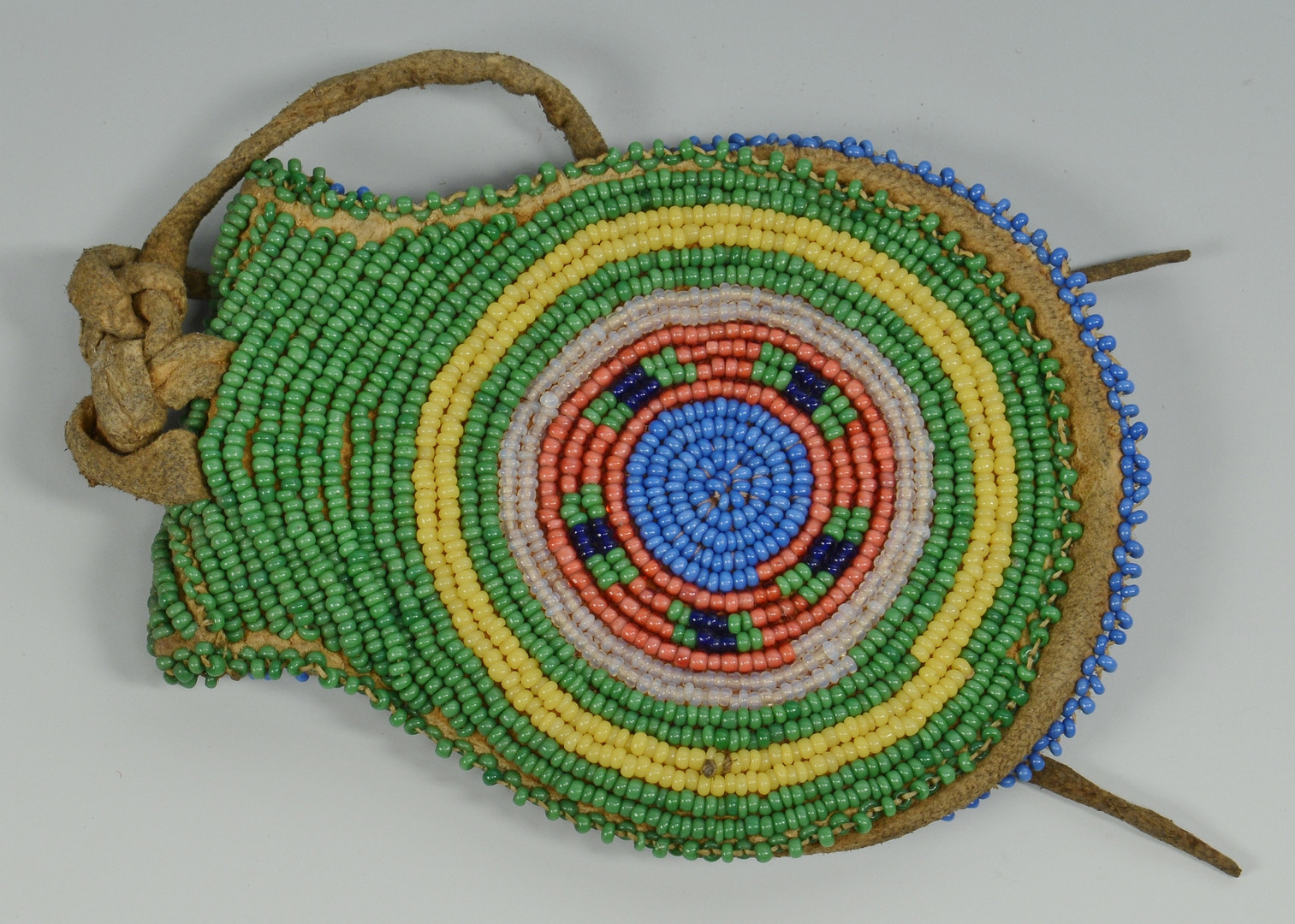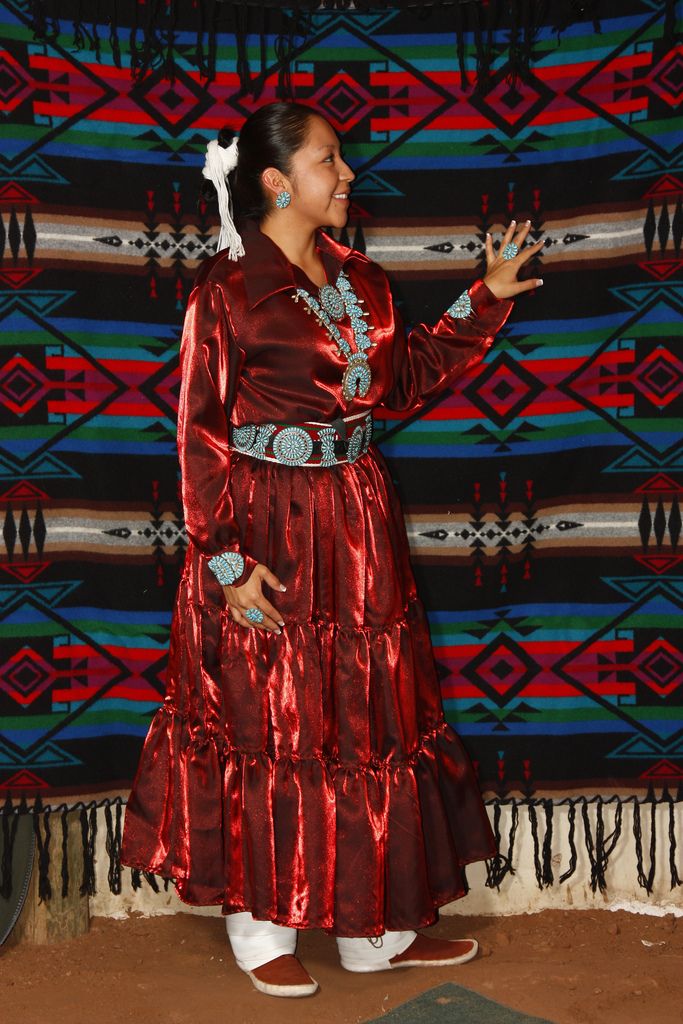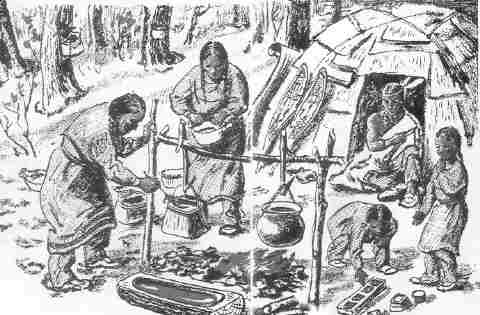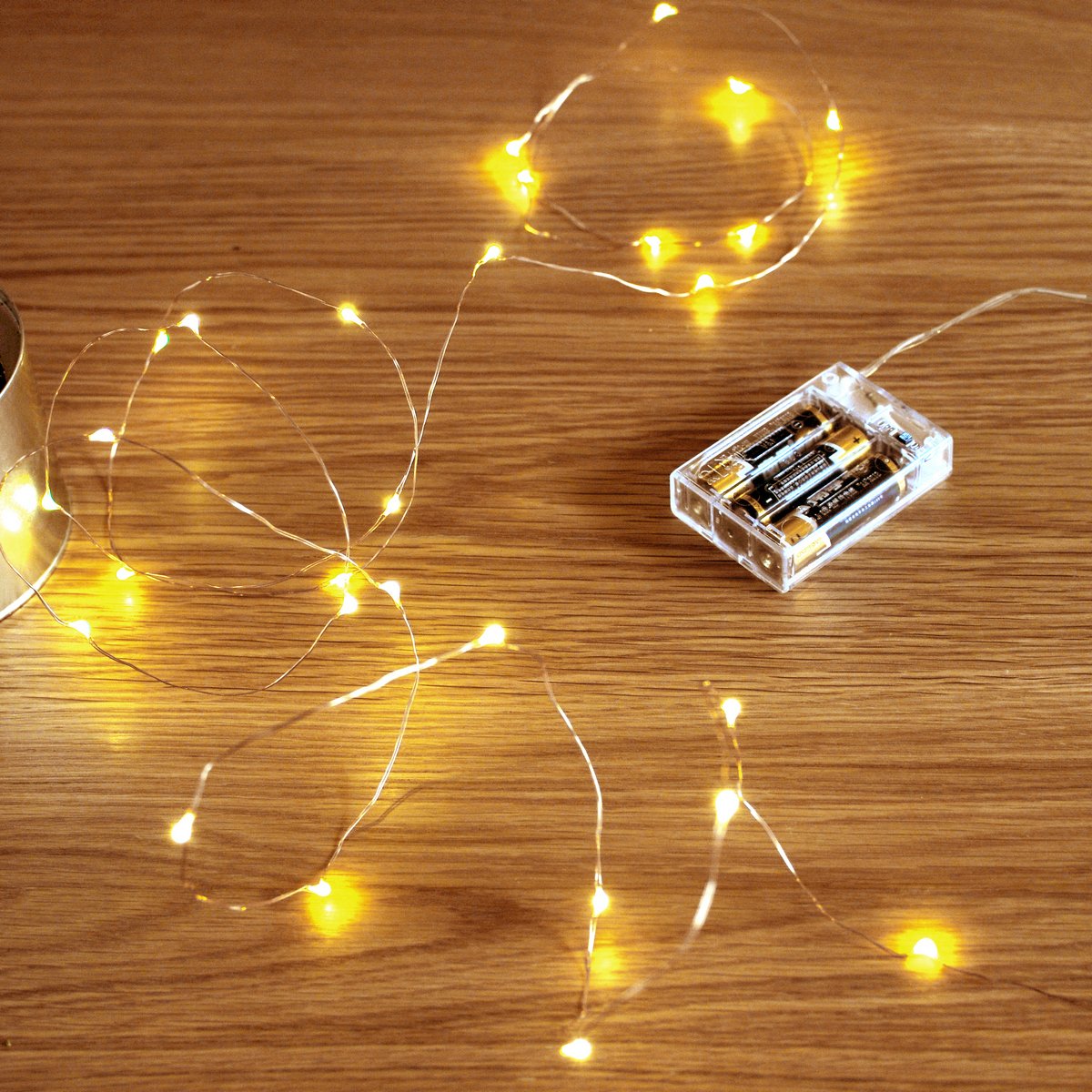7 Traditional Items Plains Indians Used for Clothing Decoration

From the vast prairies and grasslands of North America, the Indigenous Plains tribes thrived and developed a rich cultural heritage, integral to which was their distinctive and vibrant forms of decoration for clothing. Far from just being functional, the garments of these tribes were a form of storytelling, a medium to express spiritual beliefs, social status, and artistic expression. Here's an insightful journey through seven traditional items Plains Indians used to adorn their clothing, revealing not just fashion but their deep-rooted traditions and community values.
1. Quillwork


The earliest form of Plains Indian embroidery, quillwork, uses dyed porcupine quills to create intricate designs. Unlike beadwork, quills are applied using techniques like wrapping, weaving, or sewing, giving clothes a three-dimensional texture. Here’s how:
- Wrapping quills around fringes or edges of garments.
- Weaving quills into fabric or leather, often creating geometric patterns or floral motifs.
- Sewing quills in linear patterns to form vibrant designs.
🔸 Note: Quillwork requires patience, as porcupine quills must be softened, dyed, and flattened before use, showcasing the dedication of artisans to their craft.
2. Beadwork


Beadwork emerged as a popular art form after European contact, with Plains Indians rapidly adopting glass beads as a new form of embellishment. This lead to:
- Patterns that often mimic or reinterpret traditional quillwork designs.
- Using beadwork for adornment on clothing like moccasins, dresses, and leggings.
- The creation of ‘Lazy Stitch’ beading technique, where beads are sewn onto the cloth in rows.
3. Feathers


Feathers were not only a decoration but also carried symbolic meanings. Here’s how they were used:
- Eagle Feathers: Often part of headdresses or worn in hair, signifying honor or bravery.
- Warbonnets: Made from eagle feathers, these headdresses were bestowed on men for their accomplishments.
- Decorating clothing with feathers from various birds to symbolize different traits or stories.
🔸 Note: The use of feathers, especially from eagles, required a deep cultural knowledge, as each feather had to be earned through specific rites and rituals.
4. Shells


Shells, often sourced through trade, were used for:
- Decorating clothing items like necklaces, belts, or sewn onto garments.
- Creating Wampum, which was used in communication, ceremony, and as currency.
- Making earrings or headdress ornaments, particularly using disc-shaped beads from sea shells.
5. Dentalium


Dentalium, or tooth shells, were highly valued for:
- Stringing into necklaces or belts to symbolize wealth and status.
- Sewing into clothing or used as decorative trims.
- Creating regalia for ceremonial purposes, often indicative of great honor.
6. Fringe


Fringe, while functional in shedding rain, also served decorative purposes:
- Enhancing movement of the garment when worn.
- Adding visual texture to clothing like jackets, leggings, or dresses.
- Using different lengths and materials, such as leather or quill, to create variety.
7. Paint


Paint, derived from natural earth pigments, was applied to:
- Decorate and identify warriors with war paint before battle.
- Adorn clothing with symbolic designs during ceremonies or dances.
- Mark ownership or add flair to items like moccasins, shields, or even clothing directly.
🔸 Note: The use of paint was often associated with ritualistic or symbolic meanings, transforming the wearer into a canvas of cultural expression.
In closing, the Plains Indians' approach to decorating their clothing wasn't just about aesthetics; it was an intricate web of cultural communication, transmitting stories of valor, spiritual connections, and societal roles through each stitch, bead, and feather. Their adornments went beyond mere decoration, becoming artifacts of living history, showcasing a profound connection to the land, nature, and the spiritual world. The journey through these seven traditional items highlights a civilization that revered artistry, community, and a rich cultural tapestry, now forever etched into the garments that danced with their wearers across the Plains.
What made Plains Indian clothing unique?

+
Plains Indian clothing was unique due to its functionality, durability for the nomadic lifestyle, and its use as a canvas for cultural expression through decoration.
How did Plains Indians obtain beads for decoration?

+
Before European contact, Plains Indians used natural materials like seeds or quills. Glass beads were later obtained through trade with Europeans or from the arrival of bead traders.
Why were feathers important in Plains Indian attire?

+
Feathers, especially from eagles, held symbolic meanings. They denoted bravery, honor, and had ceremonial significance, often earned through specific rites and rituals.
What was the significance of shell and dentalium decorations?

+
Shells and dentalium served as indicators of wealth, status, and were integral for ceremonial wear. These materials were highly valued and often used in trade and as currency.



